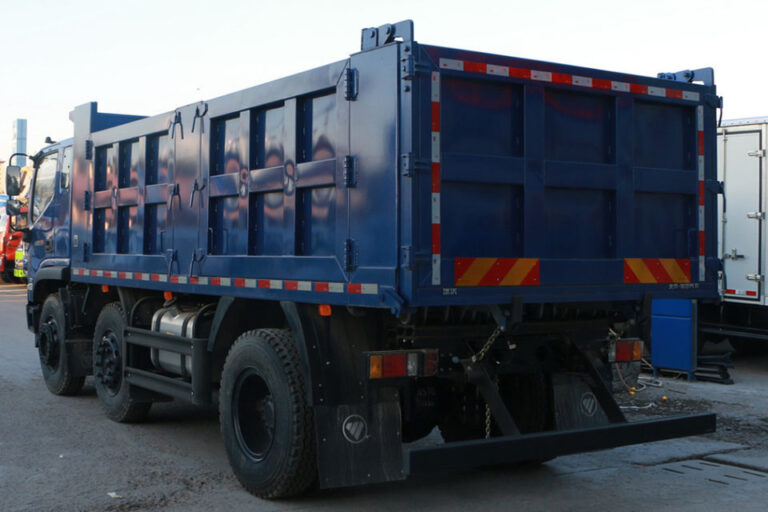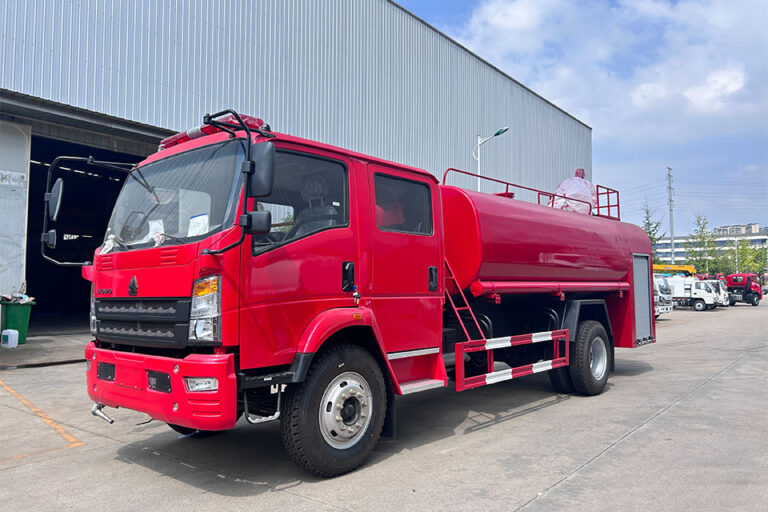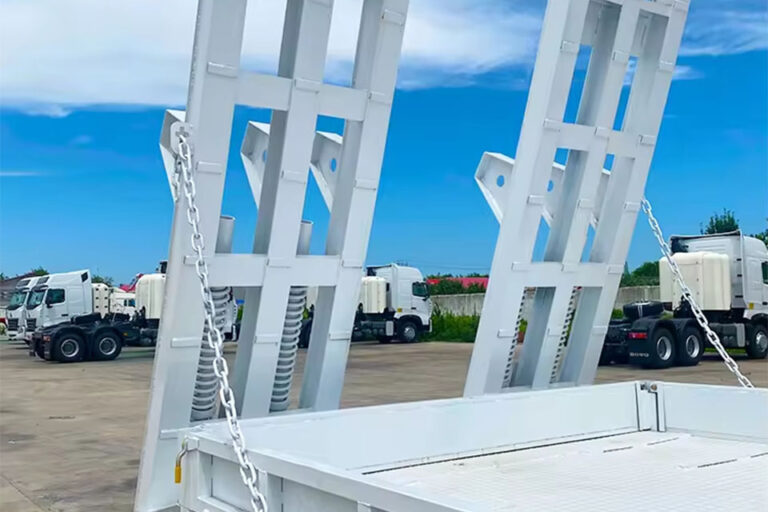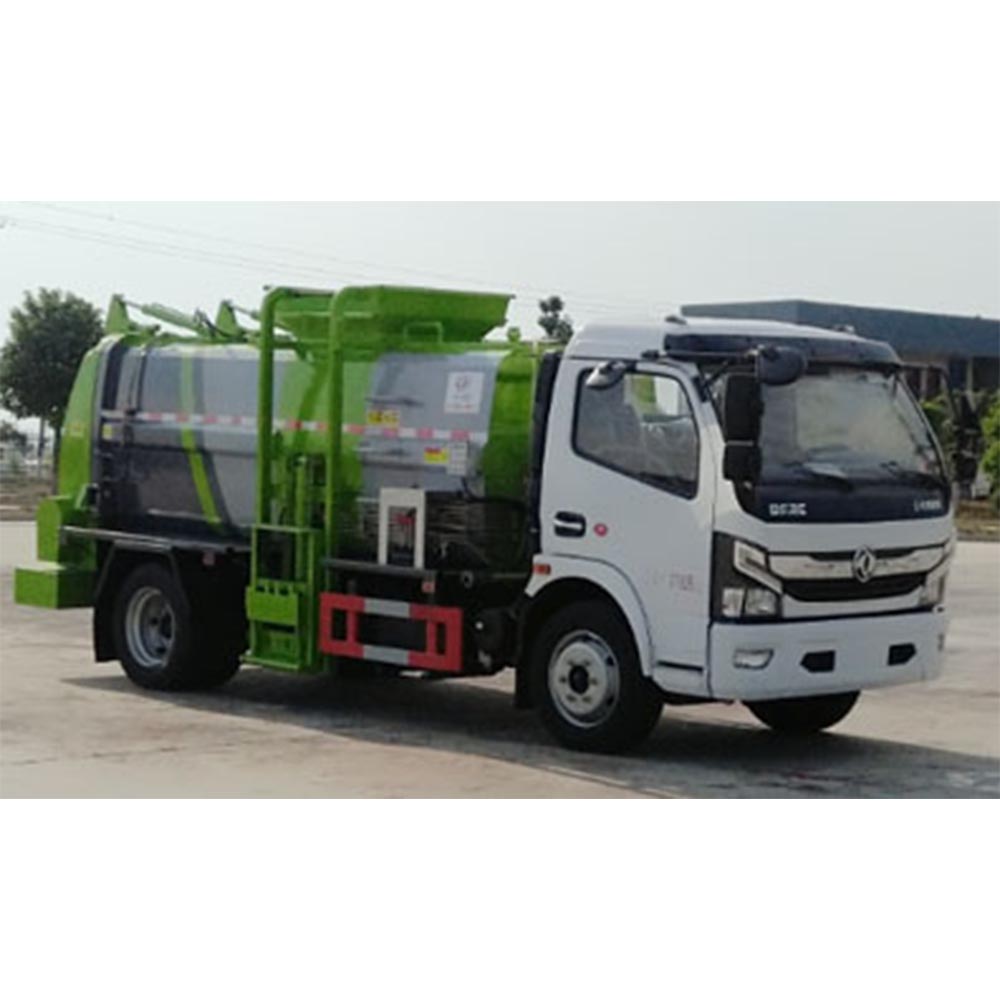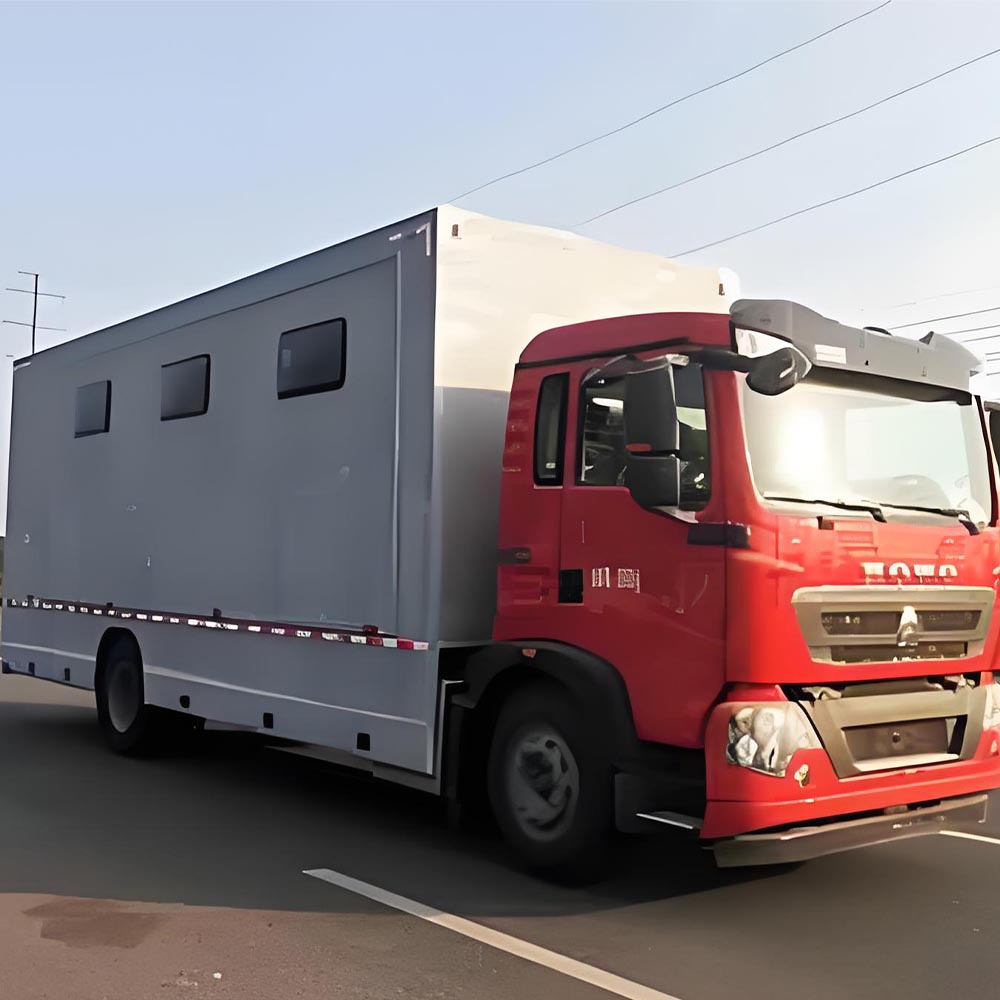-
Chengli Automobile Industry Park
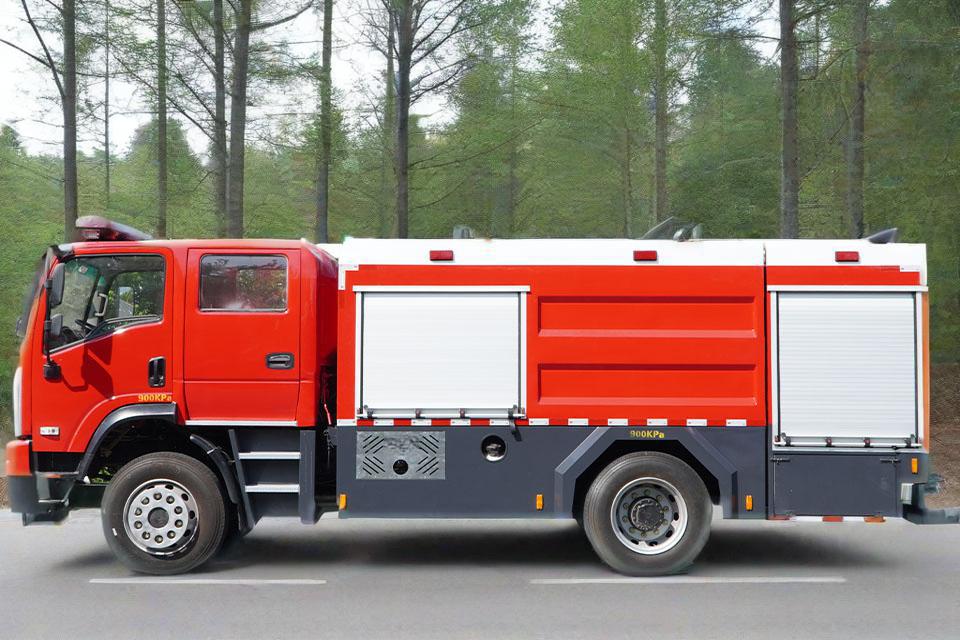
What type of foam is used in CAFS?
What Type of Foam is Used in CAFS? A Full Guide
Do you want to know about the foam that fire trucks use? This is a guide about CAFS foam. CAFS means Compressed Air Foam Systems. They help put out fires better. Let’s learn all about the types of foam used in CAFS!
Table of Contents
What is CAFS?
CAFS is a big word for a cool way to fight fires. It stands for Compressed Air Foam Systems. These systems mix water, foam, and air together. Then, they push this mix out of a hose to put out fires.
CAFS is not new. It began in the 1940s. But now, more fire trucks use it. Why? Because it works better than just water!
The Emergency Rescue Fire Truck often uses CAFS to fight fires faster.
Understanding CAFS Foam
Compressed Air Foam Systems (CAFS) are used in firefighting to deliver fire retardant foam. CAFS mixes water, foam concentrate, and compressed air to create a powerful fire suppression solution. It’s more effective than using water alone.
Types of CAFS Foam
Class A
For wood, paper, and ordinary combustibles.
Class B
For flammable liquids like gasoline and oil.
Benefits of Using CAFS
CAFS vs. Traditional Water
Environmental Impact
Traditional AFFF foams can contain PFAS chemicals, which are harmful to the environment and human health. Modern CAFS is moving towards eco-friendly alternatives that minimize environmental impact.
Future Trends in CAFS
Smart Systems
Automated foam mixing.
Eco-Friendly Foams
PFAS-free solutions.
Market Growth for CAFs
Increasing adoption worldwide.
Main Types of Foam Used in CAFS
There are two big types of foam used in CAFS:
1. Class A Foam
This foam is used for:
- Wood fires
- Paper fires
- House fires
- Forest fires
Class A foam helps water soak into things that are burning. This makes the water work better to put out fires. The Esteri CAFS 2500 uses this foam to put out fires with less water.
2. Class B Foam (AR-AFFF)
This foam is used for:
- Gas fires
- Oil fires
- Fuel fires
- Chemical fires
Class B foam makes a blanket over the fuel. This keeps the fuel from making more fire. The foam can also be mixed to work for both Class A and Class B fires. This is called universal foam.
CAFS Air Supply Fire Truck systems use these foam types to fight different kinds of fires.
CAFS Foam Data and Stats
Look at this table to see how CAFS foam works:
| Foam Type/Use | Case Study/Data | Results/Effects |
|---|---|---|
| Class A Foam | Esteri CAFS 2500: Used for building fires, cuts water and foam use by 50% | 1 gallon of foam makes 1,000 gallons of foam mix. Cuts water damage by 30% |
| Class B Foam (AR-AFFF) | 220 kV Transformer Fire: CAFS used for big oil fires | When foam mix is just right, puts out fires 40% faster and cuts chemical runoff by 60% |
| Universal Foam | Dual A/B Systems: 60 gallons used for mixed fire types | Costs 15% more than special foams but needs 20% less storage |
| CAFS Test Data | Temperature Tests: CAFS cuts fire heat by 50% | Foam spray reaches 25% farther when set up right |
| Safety & Environment | AFFF Lawsuits: More cases in 2025 about cancer from some foams | New safe foams may be 30% of market by 2025 |
| Future Trends | Smart CAFS: Changes foam mix for each fire type | Green foam tech getting 25% more money (2024-2030) |
How CAFS Foam Works
CAFS works in a special way:
- Water and foam mix together
- Air gets pushed into this mix
- This makes bubbles that fight fires better
The Dry Powder and Foam Fire Truck uses this system to fight both regular fires and fuel fires.

Benefits of CAFS Foam
CAFS foam has many good things about it:
- Uses less water: CAFS needs up to 50% less water than just using water alone
- Less damage: Less water means less water damage to buildings
- Works faster: Puts out fires up to 35% faster than just water
- Safer for firefighters: The foam can go farther, so firefighters can stay back from the fire
- Better for the earth: Less foam means less chemicals going into the ground
Foam Mix Ratios
How much foam do you mix with water? It depends on what’s burning:
- Class A fires: 0.1% to 1% foam (that means a little foam, lots of water)
- Class B fires: 1% to 6% foam (that means more foam, less water)
The expansion ratio is also important. This means how much the foam “puffs up” with air:
- Wet foam: 1:1 to 10:1 ratio (not much air)
- Medium foam: 10:1 to 20:1 ratio (more air)
- Dry foam: 20:1 or higher (lots of air)
Case Study: Esteri CAFS 2500
The Esteri CAFS 2500 is a new CAFS system. Here’s what it does:
- Cuts water use by 50%
- Uses less foam concentrate
- Is better for the earth
- Costs less to run
- Keeps firefighters safer
Safety and Environmental Concerns
Some foams have PFAS chemicals. These can:
- Cause health problems
- Stay in the earth for a long time
- Get into water we drink
New foams are being made that are safer. By 2025, we might see many more legal cases about the old, bad foams.
Future of CAFS Foam
The future looks bright for CAFS foam:
- Smart systems that change the foam mix based on what’s burning
- More eco-friendly foams with no bad chemicals
- Market growth of 8.2% from 2025-2034
- More investment in green foam technology
Specialized Firefighting Vehicles will use these new foams to fight fires better and safer.
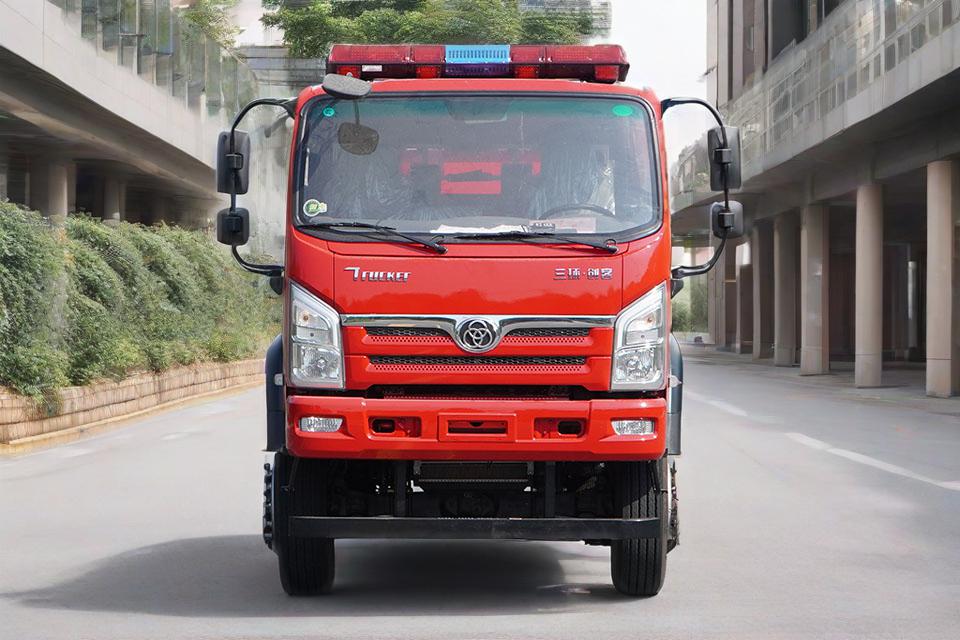
Common Questions About CAFS Foam
Can CAFS use one foam for all fires?
Yes and no. Universal foam works on many fires, but it costs more. Sometimes it’s better to have special foam for each fire type.
Is CAFS foam better than regular foam?
Yes! CAFS foam puts out fires faster, uses less water, and causes less damage.
What foam mix is best for house fires?
For house fires, a Class A foam at 0.1% to 0.5% mix works best. This means a little foam with lots of water.
Wrap Up
Now you know all about the foam used in CAFS! This cool firefighting tool helps put out fires faster with less water.
Class A foam works on regular fires like wood and paper.
Class B foam works on fuel fires like gas and oil.
Universal foams can work on both but cost more.
CAFS is getting better every year with new foams that are safer for people and the earth. The future of firefighting looks bright!

